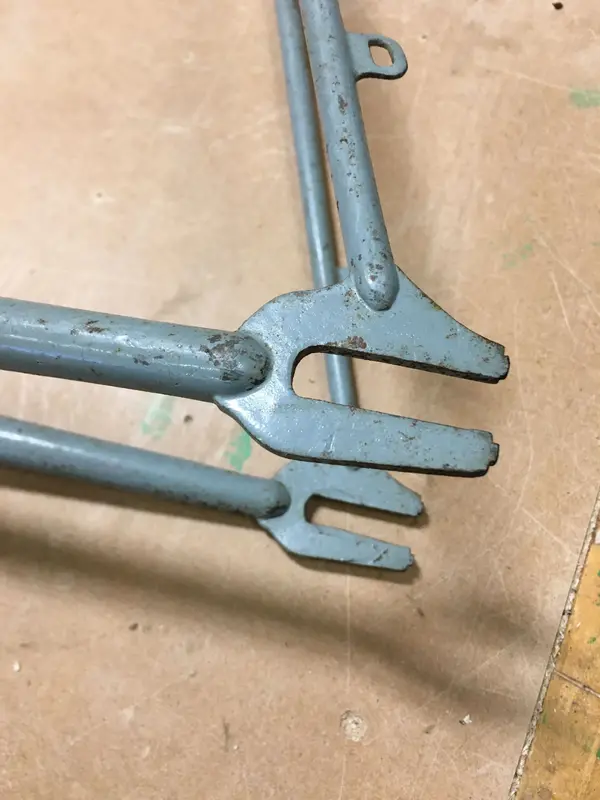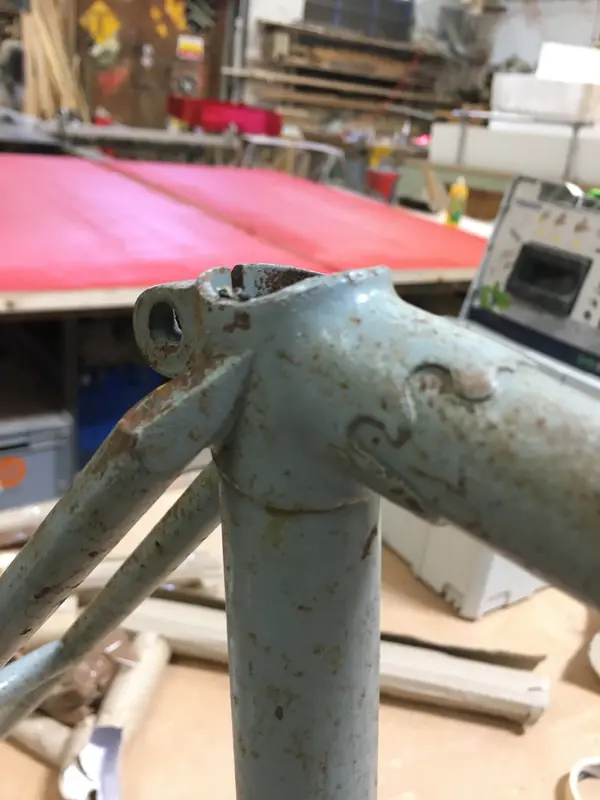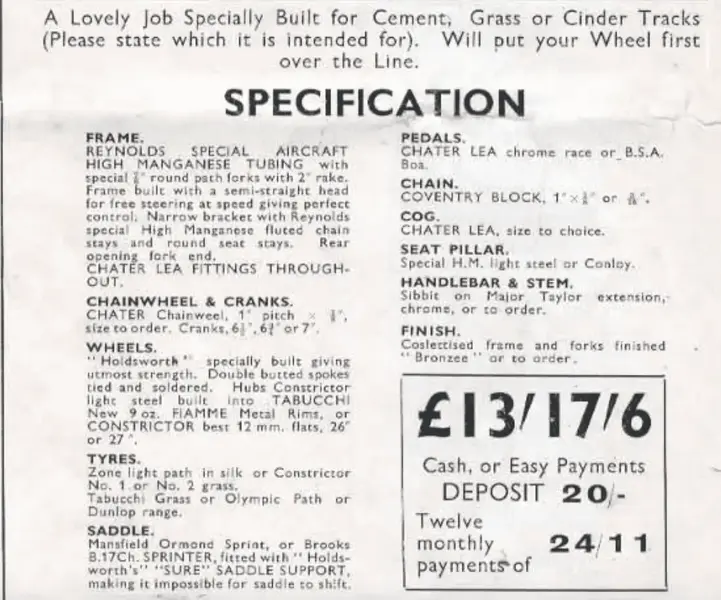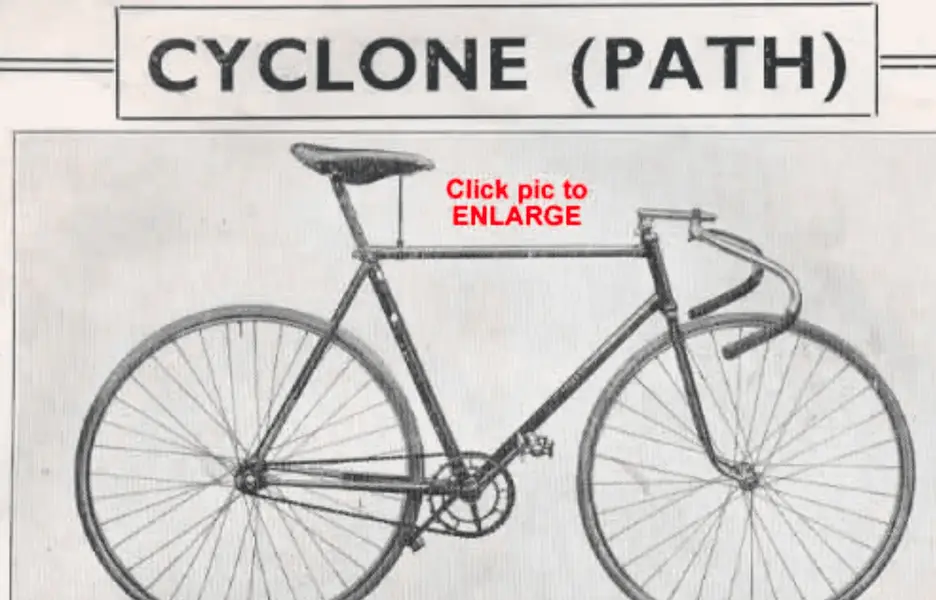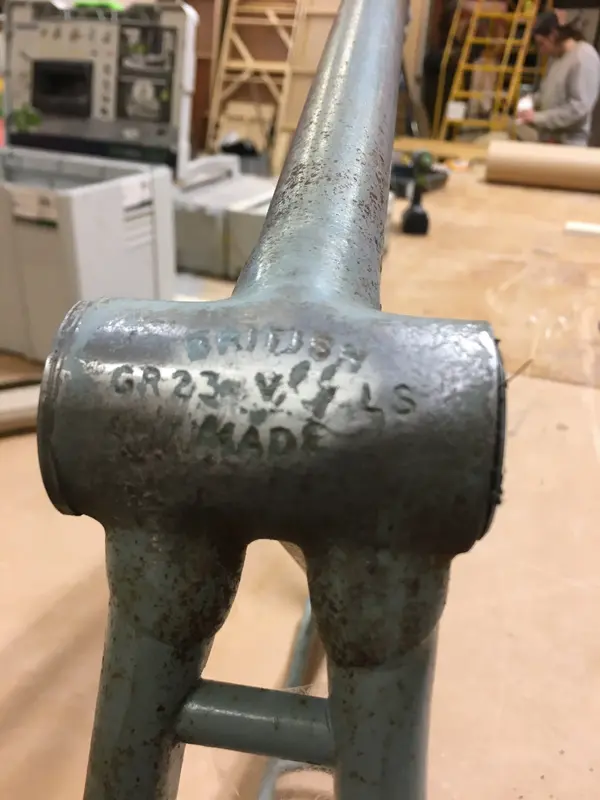found this regarding coslettised
This read-only message was archived from a public mail list.
Mail From: Mike Morrin[SMTP

email redacted)]
At 08:26 4/2/97 EST, John Elmgreen wrote:
>The mention of something like "Parkerising" was interesting. I have wondered
>for quite a while what bolt finishes were meant to be, without getting
very far
>with any answers.
I looked out my copy of Newnes Engineers' Reference Book (1951 edition) and
I quote:
"Coslettising and Parkerising.- The method of coslettising is carried out
in the following manner. The coslettising bath is heated by being rested
over a saucepan containing boiling water. The articles to be coslettised
should be immersed in the bath for about half an hour, being frequently
turned over in order to ensure that the chemical action takes place equally
over their surfaces. The steel and iron articles turn grey almost
immediately after they have been immersed in the bath. Bubbles of hydrogen
gas are evolved from their surfaces, but the metalwork is not dissolved away.
"After half an hour's immersion in the hot (nearly boiling) cosettising
bath, the articles should be withdrawn, well washed in water, and dried.
At this stage they will have a grey colour, but on being rubbed over with
oil they will aquire a soft dull-black finish and will be absolutely
rustproof. The coslettising solution consists of ferrous sulphate made
from iron filings, about 1 per cent. of phosphoric acid and water.
"Coslettised iron and steel may, of course, be painted, varnished, or
enamelled, such surface films adhering extremely well to the treated metal
surface.
"the commercial rustproofing process known as "Parkerising " is merely
another form of coslettising.
'Parkerising comprises a 1 to 2 per cent. solution of phosphoric acid which
contains ferrous phosphate. To this is added an oxidising agent and a
catalyser, generally manganese oxide (MnO). This develops a couting of
basic ferrous-ferric phosphate, preferably three of ferrous to one of
ferric phosphate. Bondersising is a rust-proofing process providing a base
coating for metals which are to be painted or lacquered.'
So... get out your saucepans...
Actually, this is of some personal interest to me, as my paternal
grandmother was a Coslett, and I have been told that one of her ancestors
invented the process (I must research that one day...).
It occurs to me that de-rusting solutions commonly contain phosphoric acid,
so it may be that these could be used as a pre-mixed solution for this
process. Volenteers step forward.

